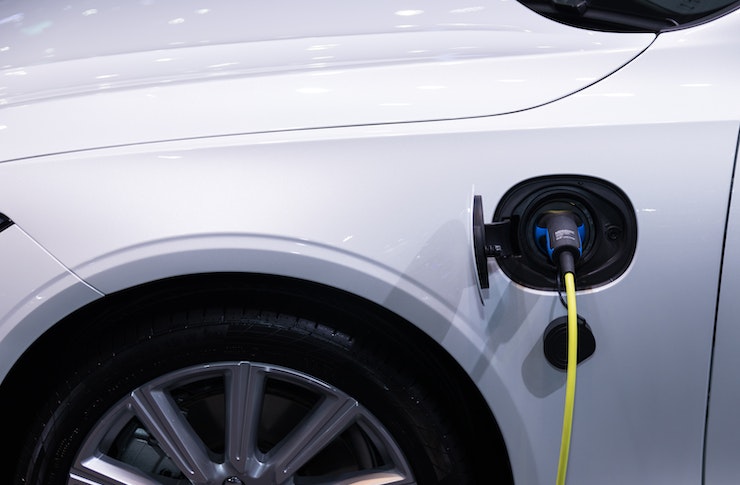Sustainable Cycling Solutions Expand Across United States Markets
The electric bicycle industry has experienced remarkable growth across the United States, transforming how Americans approach daily transportation and recreational cycling. With advancements in battery technology, motor efficiency, and design innovation, electric bicycles now offer practical alternatives to traditional vehicles for commuting, exercise, and leisure activities. This sustainable transportation solution addresses environmental concerns while providing accessible mobility options for riders of varying fitness levels and ages.
Electric bicycles represent a significant shift in American transportation preferences, combining traditional cycling benefits with modern electric assistance technology. These innovative vehicles feature integrated battery systems and electric motors that provide pedal assistance, making cycling more accessible to broader demographics while reducing reliance on fossil fuel-powered transportation.
The technology behind electric bicycles has evolved considerably, with manufacturers developing sophisticated systems that seamlessly integrate motor assistance with human pedaling. Modern electric bicycles typically feature lithium-ion batteries, brushless hub motors or mid-drive systems, and intelligent control systems that adjust assistance levels based on rider input and terrain conditions.
Electric Bicycle Market Growth in the US
The American electric bicycle market has expanded rapidly, driven by increasing environmental awareness, urban congestion concerns, and growing interest in active transportation alternatives. Cities across the United States have implemented bike-friendly infrastructure, including dedicated cycling lanes, bike-sharing programs, and electric bicycle charging stations, supporting the adoption of these sustainable transportation solutions.
Urban areas particularly benefit from electric bicycle integration, as these vehicles provide efficient solutions for short to medium-distance travel while reducing traffic congestion and parking demands. Many American cities now recognize electric bicycles as legitimate transportation modes, incorporating them into comprehensive mobility planning strategies.
Electric Bicycle USA Manufacturing and Innovation
Domestic manufacturing capabilities have strengthened significantly, with American companies developing electric bicycles specifically designed for local market preferences and regulatory requirements. These manufacturers focus on durability, performance, and compliance with federal and state regulations governing electric bicycle operation and safety standards.
Innovation centers across the United States contribute to electric bicycle technology advancement, developing improved battery systems, motor efficiency enhancements, and smart connectivity features. Research institutions collaborate with manufacturers to address technical challenges and explore emerging technologies that could further improve electric bicycle performance and accessibility.
Types and Applications of Electric Bicycles
Electric bicycles serve diverse purposes, from daily commuting and recreational riding to cargo transportation and delivery services. Commuter models prioritize comfort, range, and weather protection, while recreational electric bicycles emphasize performance, versatility, and adventure capabilities. Cargo electric bicycles support commercial applications and family transportation needs, featuring enhanced load capacity and stability.
Specialized electric bicycle categories address specific user requirements, including folding models for space-constrained storage, mountain electric bicycles for off-road adventures, and road electric bicycles for speed-focused applications. This diversity ensures suitable options for various rider preferences, physical capabilities, and intended uses.
Regulatory Framework and Safety Considerations
Federal and state regulations govern electric bicycle operation, classification, and safety requirements across the United States. The three-class system categorizes electric bicycles based on maximum assisted speed and throttle capabilities, determining where and how these vehicles can be legally operated. Understanding local regulations ensures compliant and safe electric bicycle use.
Safety features continue advancing, with manufacturers incorporating improved lighting systems, enhanced braking capabilities, and stability-enhancing technologies. Rider education programs promote safe electric bicycle operation, covering topics such as traffic navigation, maintenance requirements, and proper protective equipment usage.
| Brand | Model Type | Price Range | Key Features |
|---|---|---|---|
| Trek | Commuter/Recreation | $2,000-$4,500 | Bosch motor systems, integrated batteries |
| Specialized | Performance/Mountain | $3,000-$8,000 | Custom motor tuning, advanced suspension |
| Rad Power Bikes | Utility/Cargo | $1,200-$2,500 | Direct-to-consumer, high capacity batteries |
| Cannondale | Road/Hybrid | $2,500-$6,000 | Lightweight frames, premium components |
| Aventon | Urban/Commuter | $1,000-$2,200 | Affordable pricing, stylish designs |
Prices, rates, or cost estimates mentioned in this article are based on the latest available information but may change over time. Independent research is advised before making financial decisions.
The future of electric bicycles in the United States appears promising, with continued technological advancement, expanding infrastructure support, and growing consumer acceptance. As battery technology improves and costs decrease, electric bicycles will likely become increasingly accessible to diverse populations, contributing to sustainable transportation goals and healthier communities. The integration of smart technologies, improved connectivity features, and enhanced user experiences will further solidify electric bicycles as practical, enjoyable transportation alternatives for American consumers.





